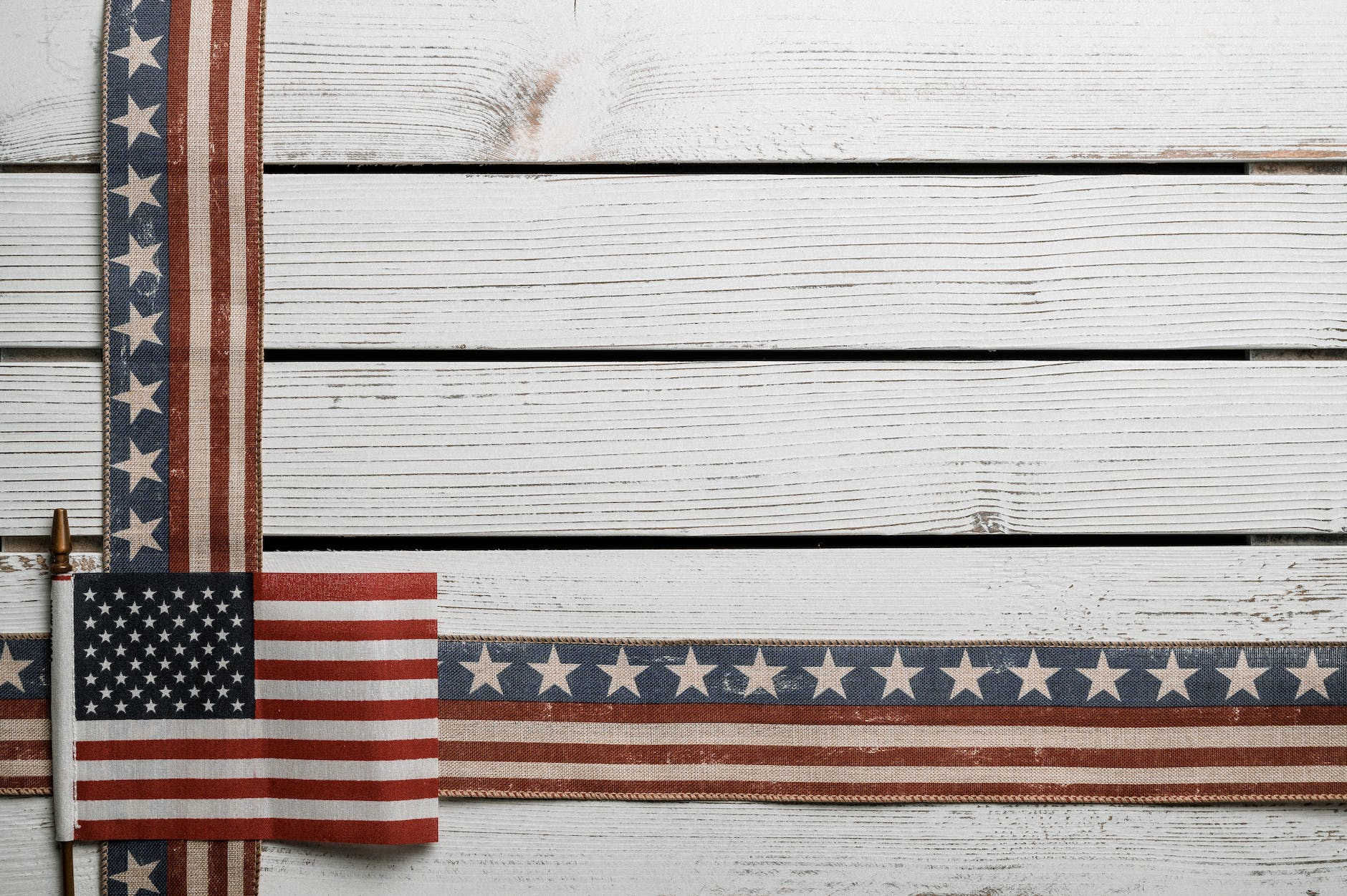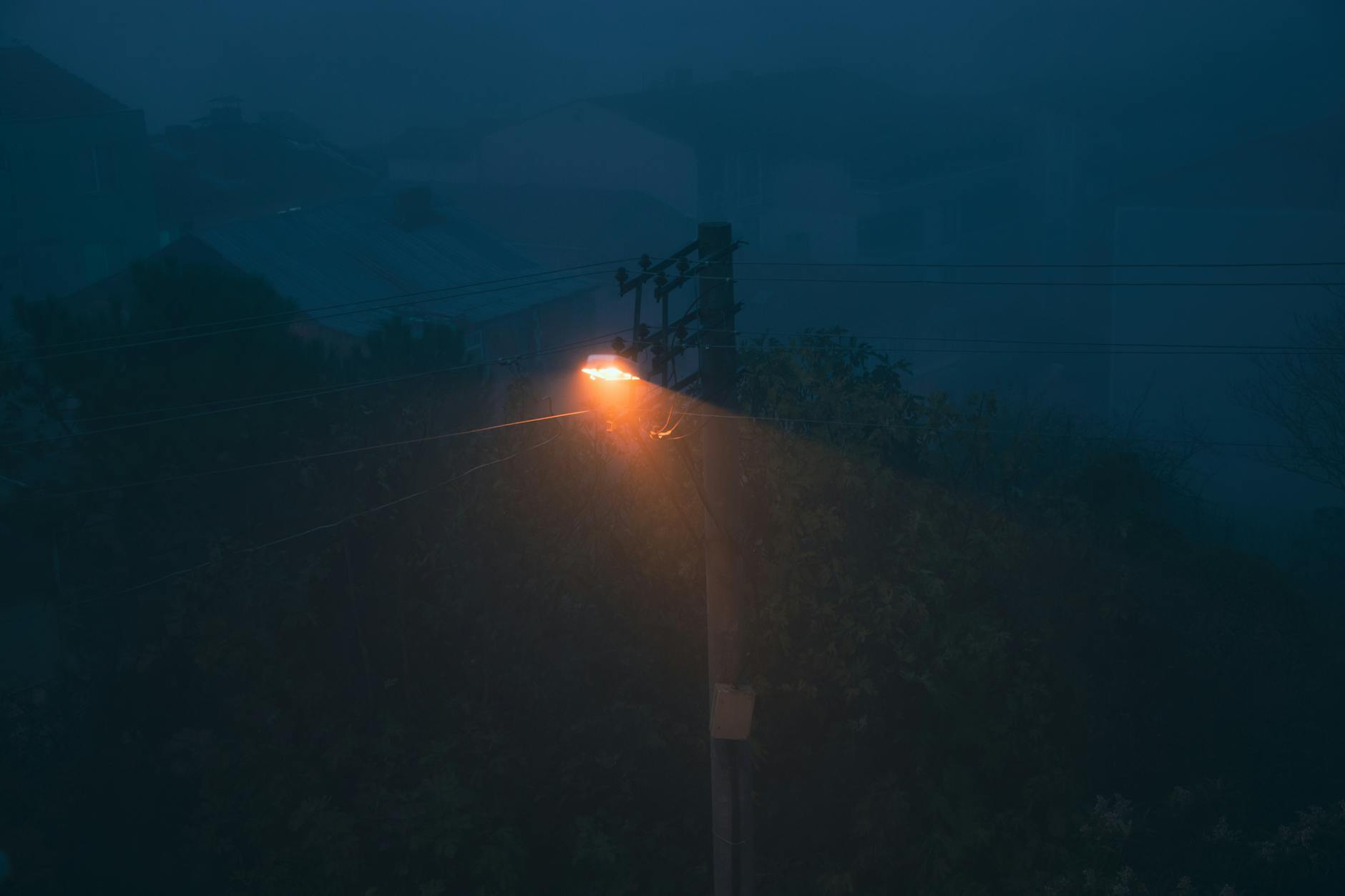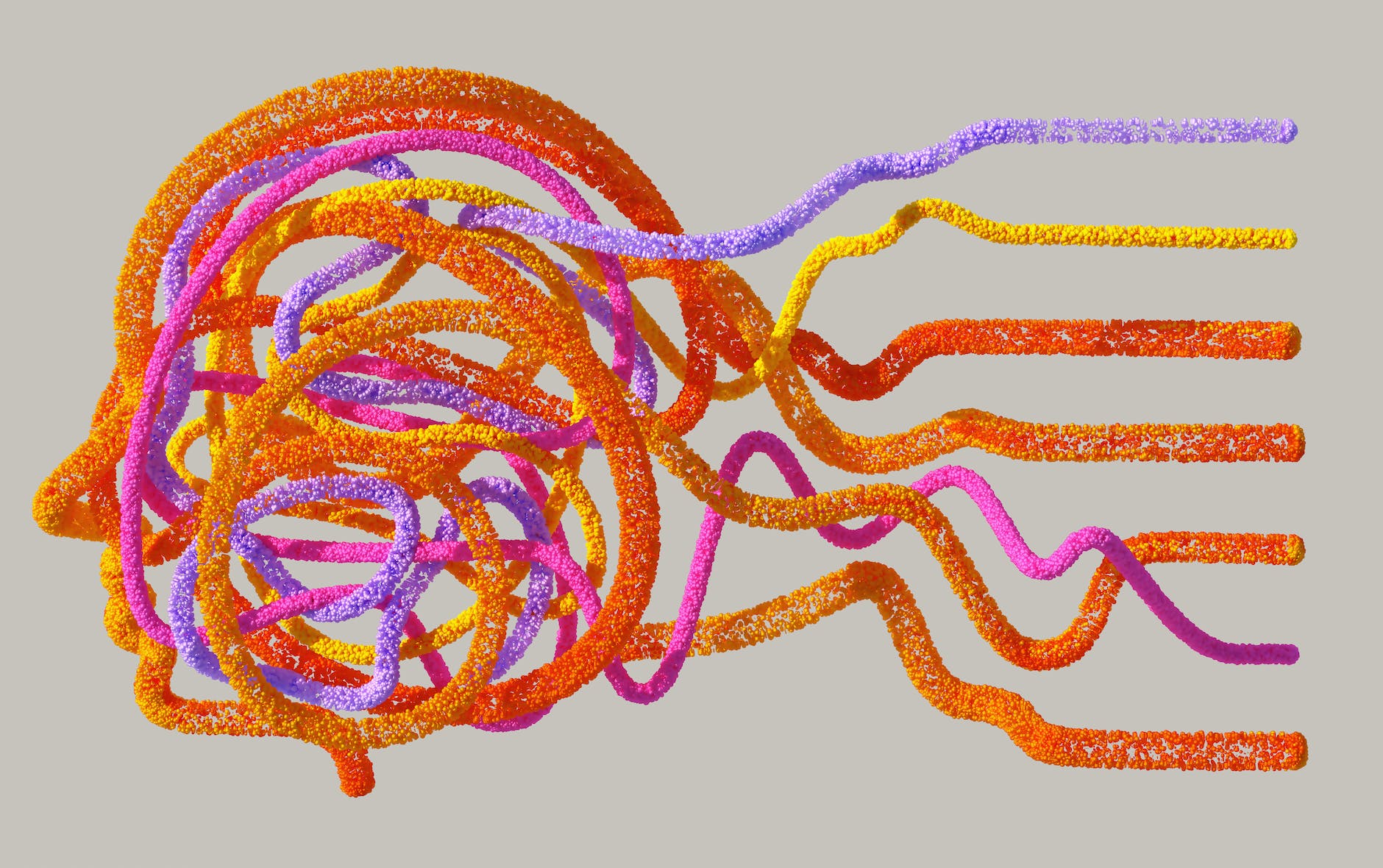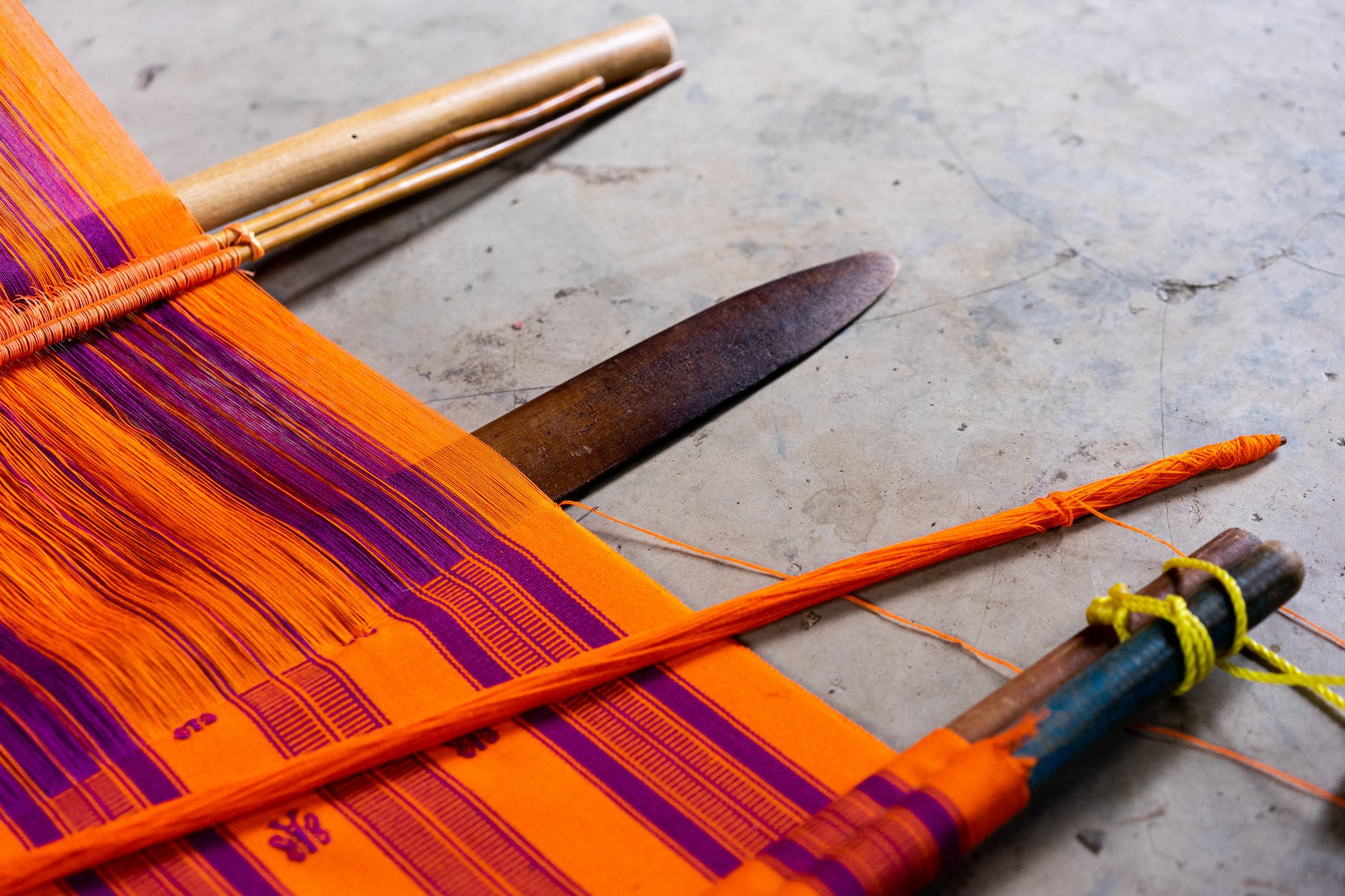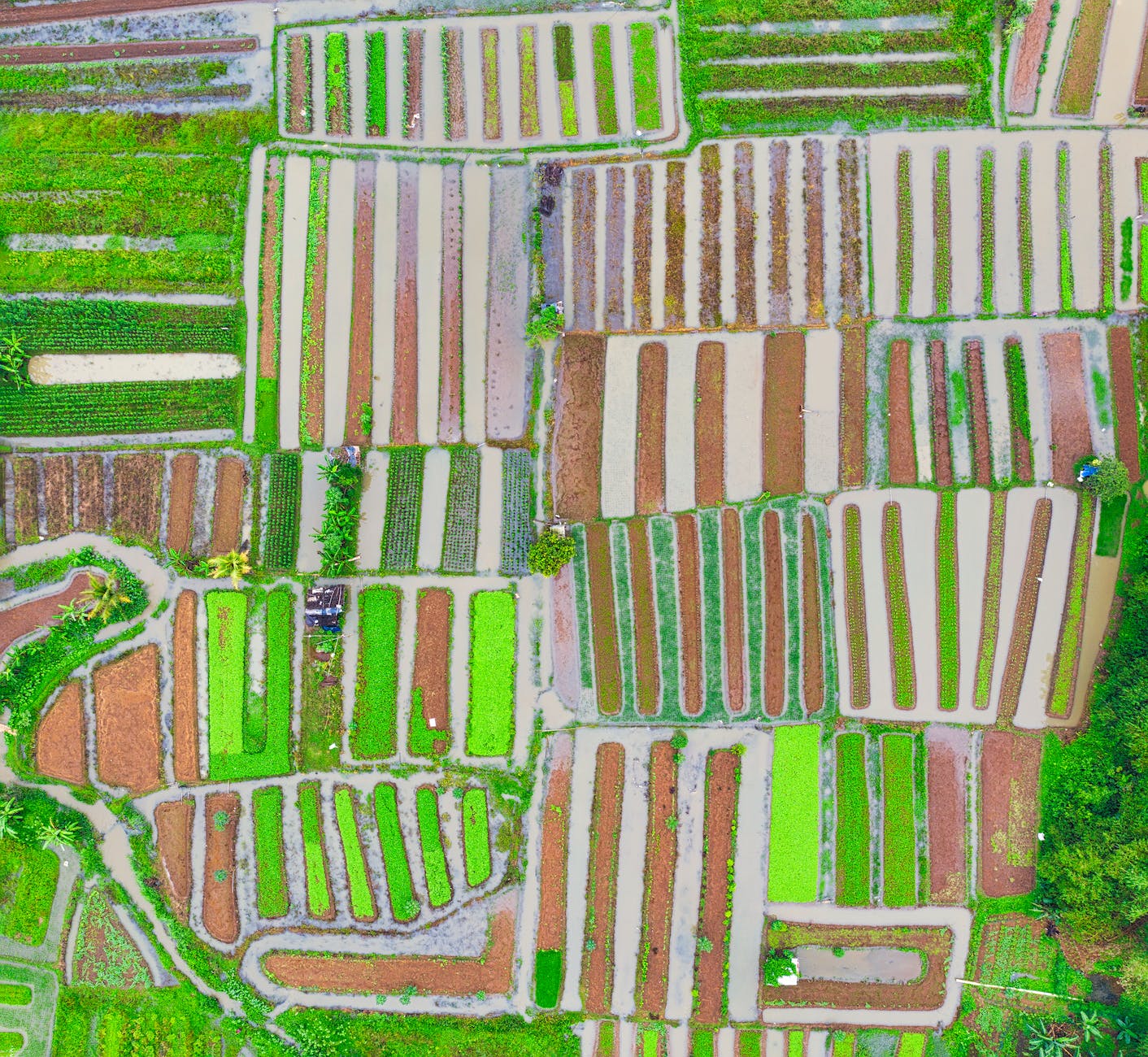Psychedelic art can be traced back centuries, its roots intertwined with global art and cultural diversity, each piece reflecting an aspect of traditional art forms seen throughout history. From the intricate patterns of indigenous tribes to the rich folklore of local communities, psychedelic aesthetics echo reverberations of shamanism, ritualistic art, and sacred practices.
Despite its often westernized portrayal, psychedelic art is deeply rooted in cultural heritage, diverse in its influence and execution. From Mexican Huichol art with its vibrant and colourful yarn paintings to the visionary art of Peruvian Ayahuasca Shaman Pablo Amaringo, each holds a distinct psychedelic aesthetic.
Indian miniature paintings, with their complex intricacies, often depict narratives grounded in spiritual beliefs. The similarly nuanced Turkish art of Ebru, or marbling, with its intricate swirling patterns and vibrant colours, shares the other-worldly illusions associated with psychedelic aesthetics.
The Australian Aborigine’s traditional art simultaneously serves both a spiritual function and a kind of map. Symbolic imageries from the ‘Dreaming’ encircling wells and rivers indicate hidden water sources, displaying psychedelic influences ahead of its time.
Africa, renowned for its cultural diversity and rich folklore, holds a comprehensive collection of psychedelic art. The intricate Zulu beadworks, the body paintings of the Nuba tribe, and the masks of the Dan people of Liberia, all showcase elements reminiscent of psychedelic aesthetics.
The Indigenous tribes of North America incorporated visions from spiritual quests into their artwork. The Plains Indians’ Winter Count calendars document significant annual events with evocative and stylized pictographs. Their ability to portray complex experiences with bursts of colour and symbolism echoes the mind-bending capacity of psychedelic art.
South American cultures have a long history of shamanic practices prevalent until today. Indigenous tribes use Ayahuasca, a potent brew with hallucinogenic properties, in sacred rituals. This practice is often reflected in their artforms, such as the vibrant Amazonian paintings and the intricate Shipibo textiles. Shamanism and its powerful symbolism play an essential role in conveying communal folklore, history, and sacred practices.
The Ainu people of Japan, recognised as a distinct ethnic group, utilised traditional motifs to narrate folklore and histories in their textile work. These motifs, constituting psychedelic elements, also served as protective charms, merging the realms of the utilitarian and spiritual.
While psychedelic art in Europe and North America became significantly recognized during the counterculture movement of the 1960s, its roots lie deep within cultural heritage around the globe. The Modern Psychedelic art movement may have brought these aesthetics to the mainstream, but its origins reach out to every corner of the world, embracing diversity and traditional art.
The revival of interest in psychedelic aesthetics today is not only a reflection of shifting societal attitudes towards mind-altering substances but also an acknowledgement of the vast and vibrant cultural heritage that it represents. Psychedelic art offers a portal to other dimensions, a kaleidoscope of cultures, and an experiential exploration transcending borders and bridging human understanding.
Indeed, the potential of psychedelic art lies in its ability to tap into the collective unconscious and the shared human experience, to visualize the invisible, and to spark conversations about the human mind and spiritual realities. As we delve deeper into the enigmatic world of psychedelic art, we anchor ourselves more heartily into a mesmerising tapestry of cultural histories and empowerment, transcending beyond the confines of time and space.




